Roseto degli Abruzzi
There is one thing that towns on the Adriatic coast have in common. They are sliced in two by ‘la via Nazionale’, that is, the Strada Statale 16. It stretches from Oltranto in Puglia to Padova in the north, making it the longest of its kind in Italy, though nowadays only motorway-phobic travellers would travel its whole length. That’s because it’s a stop-and-start kind of road, punctuated by traffic lights, roundabouts, pedestrian crossings and bottlenecks, all making progress teeth-grindingly slow.
Outside the towns the road is mostly bordered by ugly factories, warehouses and billboards, and occasionally by pine trees. There used to be more trees but though pretty they’re a hazard to drivers, and many have been cut down.
A long time ago, as broke newlyweds, driving a battered old VW that we didn’t dare test on the motorway, we used to take this road on the last leg of our journeys south. I still remember the excruciating boredom of sitting in a non-moving car in constipated traffic. Up ahead, taunting us in the fast falling darkness, glowed one red traffic light after another.
The journey was worse in the heat of summer, though we could – and did – often exit the road to park near the sea for a swim. Summer or winter, we arrived weary and frazzled at our destination.
Roseto degli Abruzzi is not spared by the via Nazionale. The road cuts right through the town centre as it does elsewhere, interrupted every few metres by pedestrian crossings and traffic lights. On either side are apartment buildings (mercifully low-rise) and shops, juxtaposed with traditional stone houses.
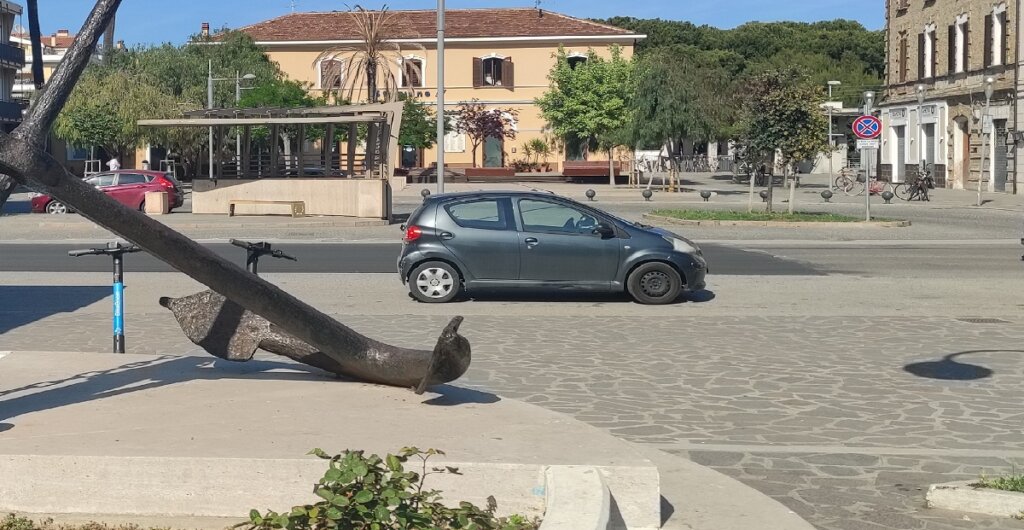
Happily, though, the other thing that most coastal towns have in common is a riviera, that is, a road that runs alongside the beach. Roseto is no exception.
We come to the riviera by way of the railway and the old station, which looks the way it must have done for several decades. Between the station and the riviera is a pinewood, where a few families, mostly immigrants, are cooling off in the shade. The blue sky blazes through the gaps in the trees.
The riviera is postcard perfect. Adorned by straight palms and curvy hedgerows and flanked by wide, pristine footpaths and a lane for bikes, it is separated from the sandy beach by a line of gleaming bagni, or lidos, each trying to outdo its neighbours. Some have upstairs terraces for dancing, some have beach volley courts, all have a restaurant or at least a swish bar.
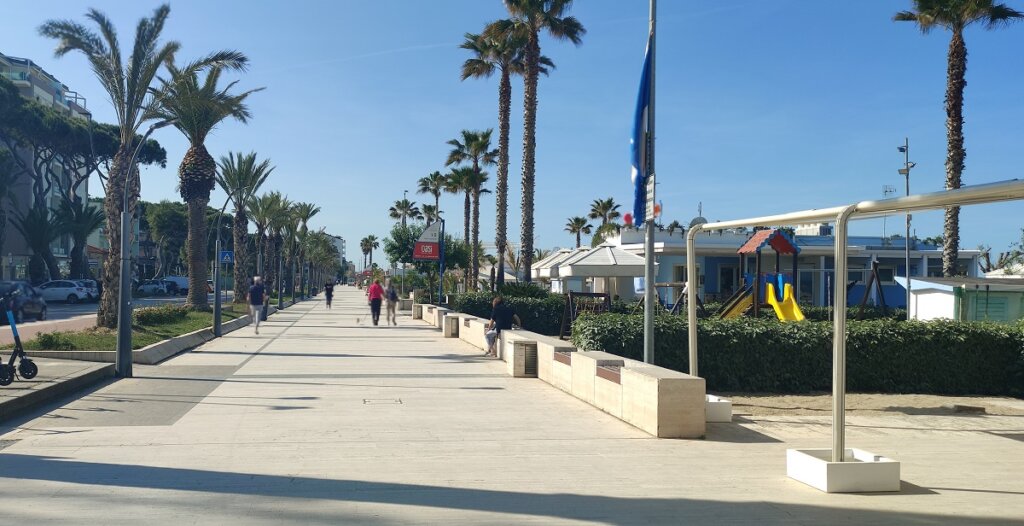
The name Roseto degli Abruzzi has a musical ring to it: it sounds like a prized and cherished flower. Indeed, it is one of the most popular holiday resorts in the region, boasting 10 kilometres of sandy beach, and easy access to the nearby woods of Pineto. It is a many times winner of the Bandiera Blu, awarded for sustainable tourism.
But back to the name, for which we should probably thank Mussolini. It was he who changed it in 1927 by royal decree. The old Austrian-sounding name, Rosburgo, stuck in too many throats after World War I.
At the time of its name change, Roseto degli Abruzzi was a tiny hamlet, a coastal outpost of the more important town, Montepagano, up on the hill, which is where we’re going to next.


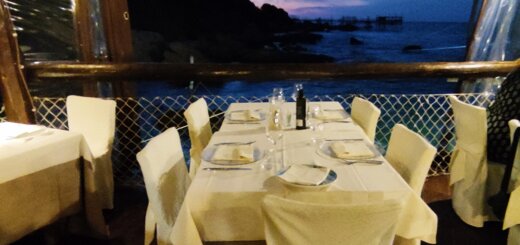
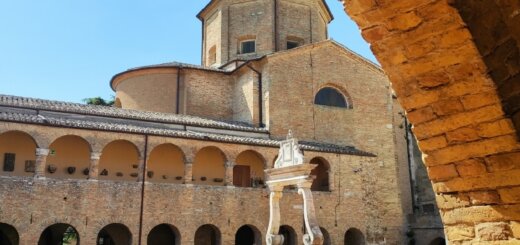
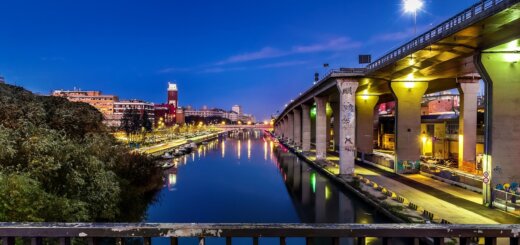

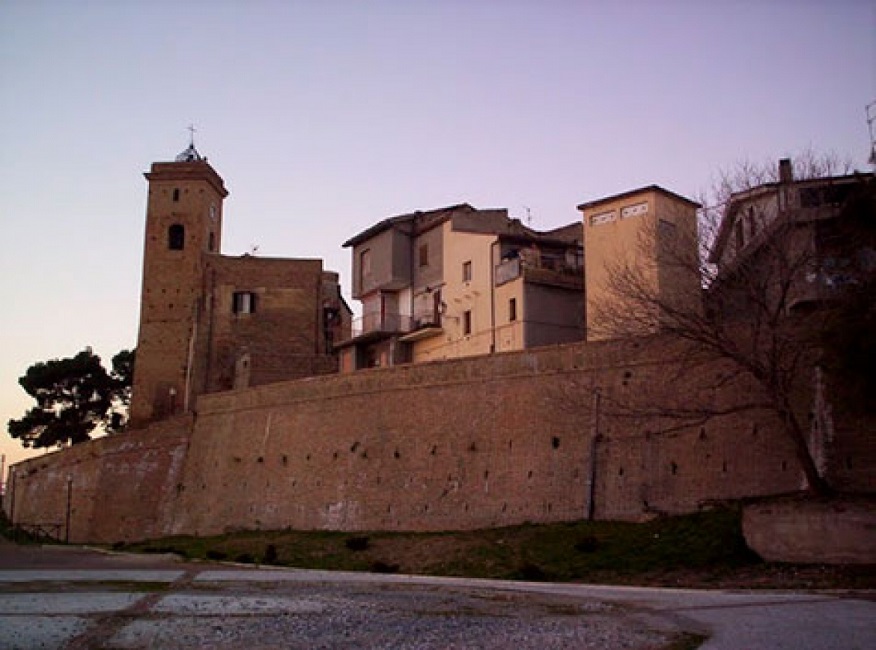
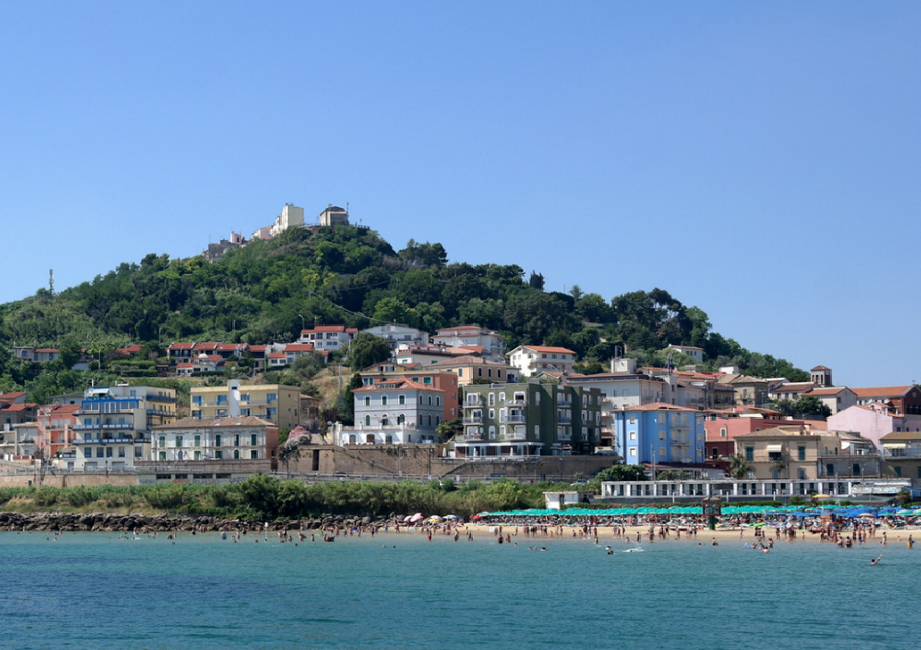
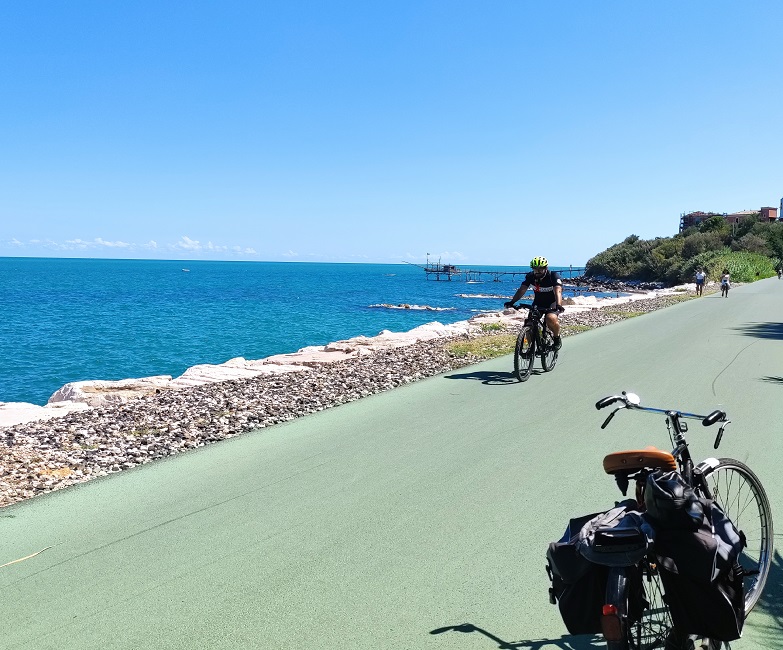
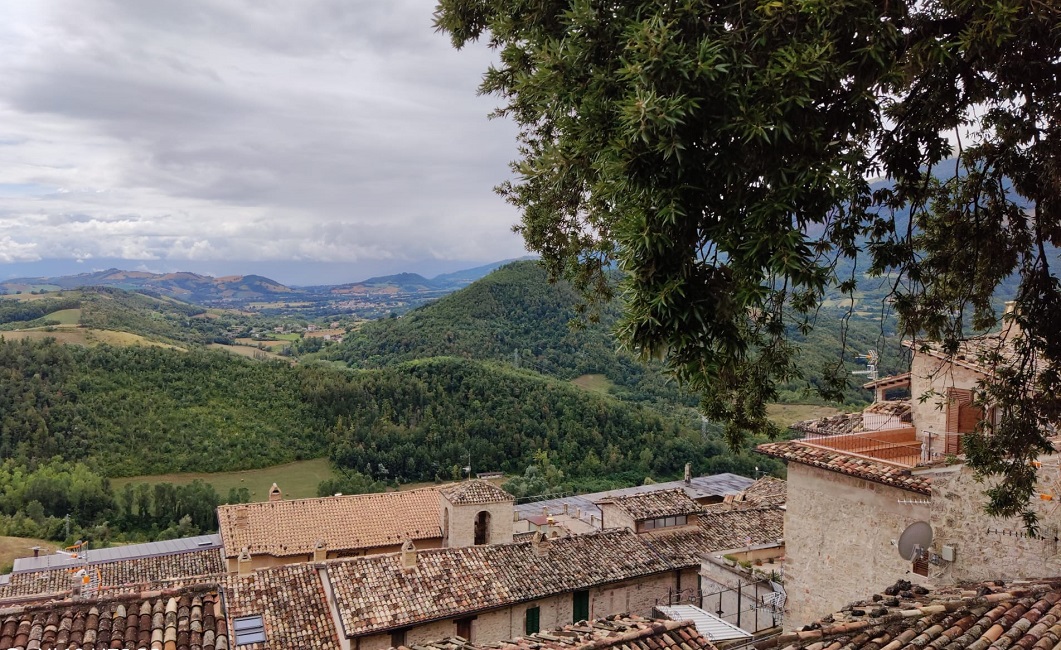
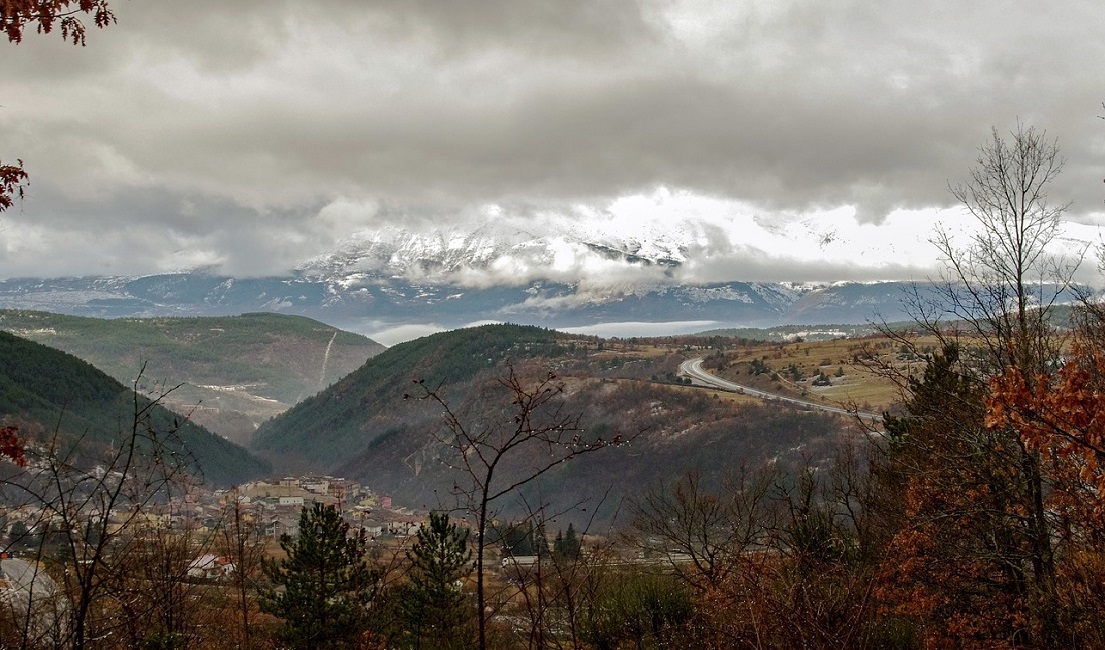
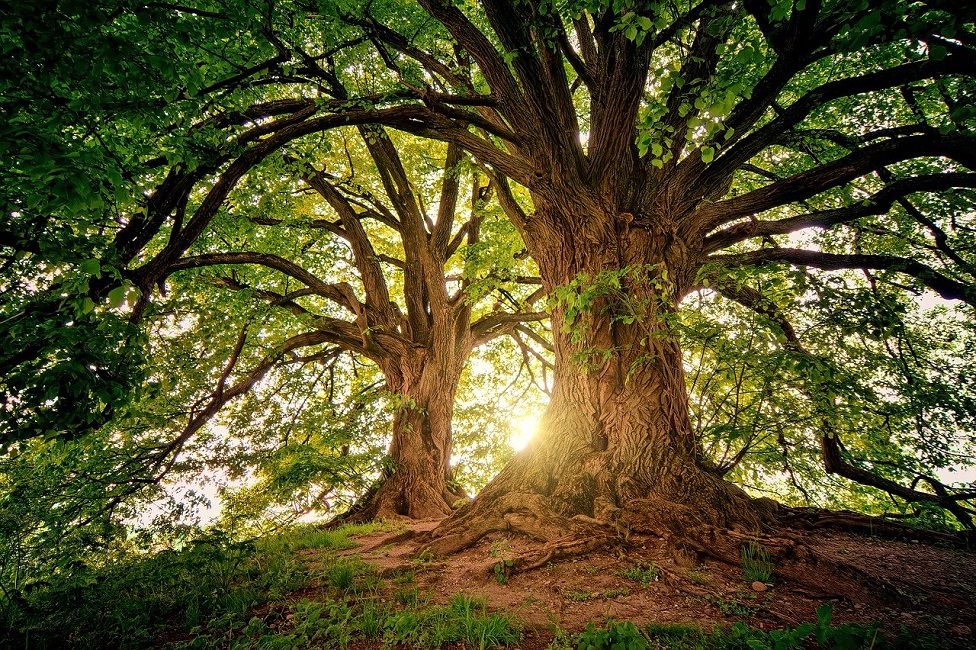
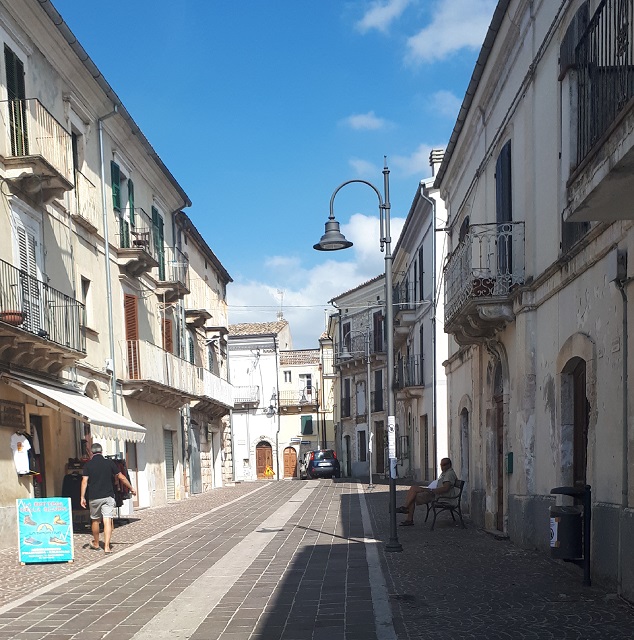
1 Response
[…] Roseto degli Abruzzi […]